Hearts, Cables and Crochet, Oh My! What I'm Making from the New Rowan Season
PROJECT 1: Jonquille by Martin Storey
Let's talk cabled hearts! They're not as simple as you may think. If you simply tried to cable two angled heart sides to meet in the middle, you'd run into a little problem of having to go back in history to a previous row to link them up! Without a time machine, the next best thing is to link the heart at its tops. The problems there are (1) it needs to be done in a single row, and (2) you need to find a way to graft the cables perfectly from both sides, like kitchener stitch would link the toe of a sock. Hmm.
When I opened the newest Rowan Magazine 77, there was a "Retrospective" section with a pattern I had fully intended to make back in 2017, and of course, never did. Lucky me, I was being given a second chance to knit Jonquille!
 |
| Jonquille by Martin Storey was originally in Summerlite 4-Ply Collection |
My plan is to lengthen the torso (add 1.5 more repeats) and make full-length sleeves.
Here's the secret on how the hearts are made. You increase 7 stitches quickly at the two center points of the heart to create volume. Then, in the last row, you link the top of the heart with a "decrease 7" stitch. Decrease 7! Clearly you can't do this just by knitting 7 stitches together, because you'd never be able to grab them all. Instead, you alternate passing stitches over a center stitch from the left and the right. While this doesn't make a perfect kitchener-like graft, the long bars from passing the stitches over do mimic it pretty well. (However, there is a bit of gap that forms above because of how many stitches you are manipulating.)
 |
| Pretty cool, right? |
PROJECT 2: Runswick by Lisa Richardson
This is another design using Summerlite 4-Ply, which is a really nice yarn to knit with -- ahem, for a cotton. I have a hard time knitting mercerized cottons like Cotton Glacé because of the repetitive movement of moving the firm stitches down the needles. Summerlite 4-Ply is a matte cotton and very soft, so it is much easier to move along.
However, crocheting with it was a learning curve for me! Like most cottons, it is made up of many strands. I think, though, that the softness of the strands helps them sag apart, because my crochet hook would often leave one strand behind. I was able to fix this problem by finding a hook that had a much deeper cleft to trap all the strands.
Flipping through the new "Summerstyle Crochet Collection," I fell for the Runswick dress right away. You make 21-square panels in the front and back and link them with shaped panels of half-double crochet (hdc in US terminology; htr in UK terminology).
My favorite part is making the squares. To encourage myself to finish the dress, I made only one panel and won't let myself make the second one until I have done all of the hdc/htr!
I have good news for those of you who like to minimize sewing. You don't sew the squares together but graft them in the last row through the edge picot stitches.
NOTE:
If you'd like to make this, I suggest that you do a good sized hdc/htr swatch and do some calculations of where your waist would lie compared to your crochet panel. With this much fabric, it's pretty unlikely that your gauge for the panel and the hdc/htr will be spot on to the pattern OR to your body. I realized after doing the waist shaping of the side panel that the waist was going to end up quite a bit lower than it should be. I used the (now) swatch to re-calculate based on my measurements.
 |
| The thread marks the end of the waist shaping, which is about one full square lower than my waist. |
Before I introduce my last project, I'd like to celebrate Lisa Richardson, who designed for Rowan for decades. I have knitted and crocheted more than a dozen of her designs, and was happy to see that she is going to venture into her own business. Stay tuned for more from her!
 |
| See the Lisa Richardson pieces I've made here. |
PROJECT 3: Lusia by Quail Studio
I had a gorgeous pile of Rowan Creative Linen that I had earmarked for a pattern that I just wasn't into anymore.
I did a search on Ravelry for other Creative Linen patterns, but nothing really grabbed me. Then I realized it had the same gauge as Rowan Handknit Cotton but with more yardage! Changing my search, my eye landed on Lusia from the new book "Edition Five."
It's a relatively simple top with an interesting, highly tapered sleeve. However, you do have to cable every four rows over many stitches, which is a bit much. I thought that maybe this would be a good candidate for my medium-gauge knitting machine! The stitches look so good in this yarn.
Now -- Handknit Cotton and Creative Linen are not very similar and aren't going to look the same. Creative linen does have cotton in it, but it has more of the lovely rope-y quality that you want from linen. It's not going to 'fill in' the spaces between cables like squishier Handknit Cotton. I still like the look and am very interested in seeing how it will come out in a garment.
Crossing cables on a machine is the same as in hand knitting. You are doing what you need to do to switch the order of stitches in the row.
You'll see that my cables are going the opposite direction than in the pattern. It's because I prefer crossing that direction on the machine and it doesn't make a difference as long as all the cables turn that way. You can change that when you hand knit, too, if it makes you more comfortable!
Till next time,
Dayana Knits








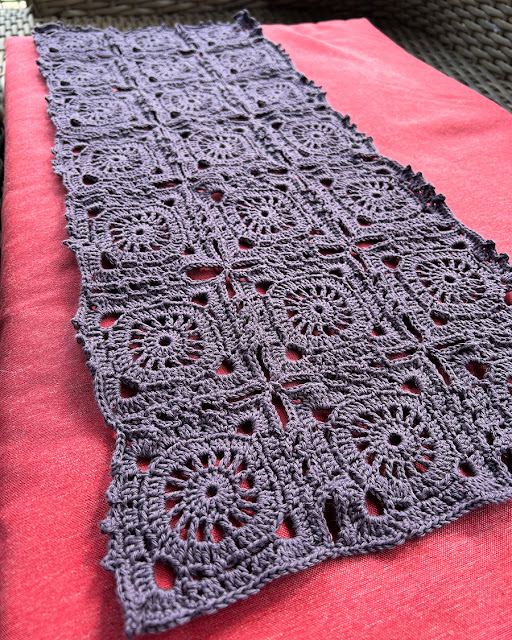








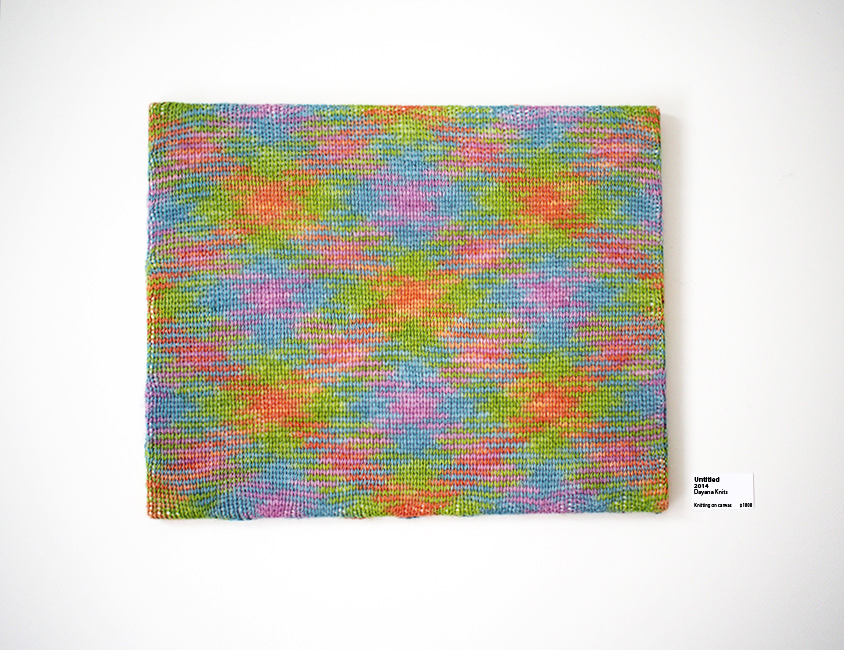
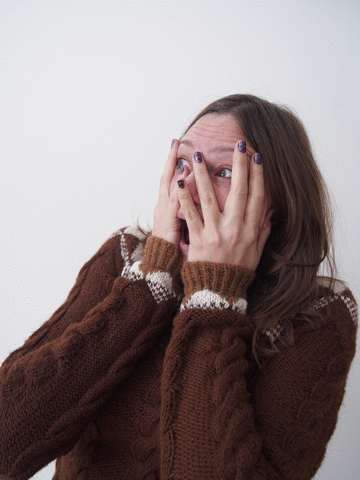
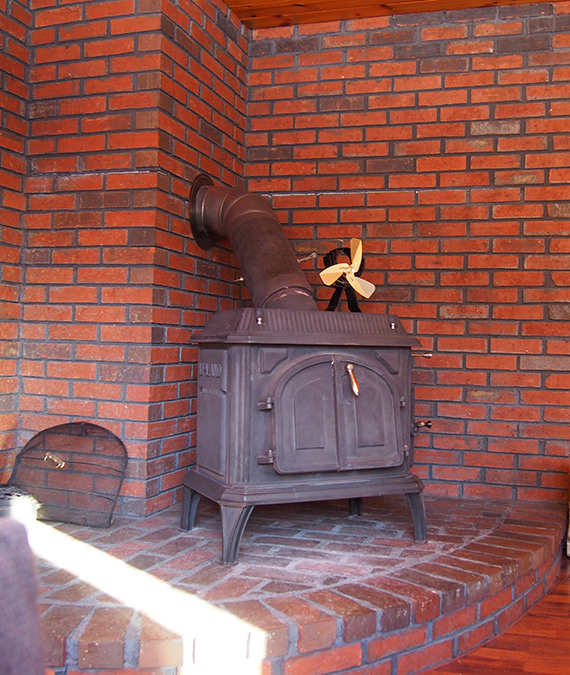
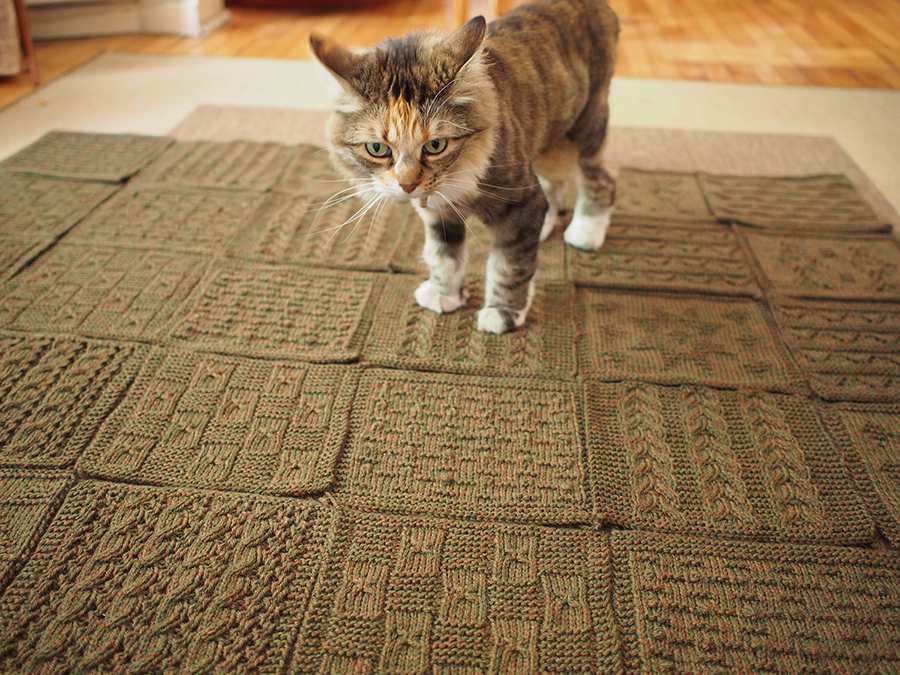
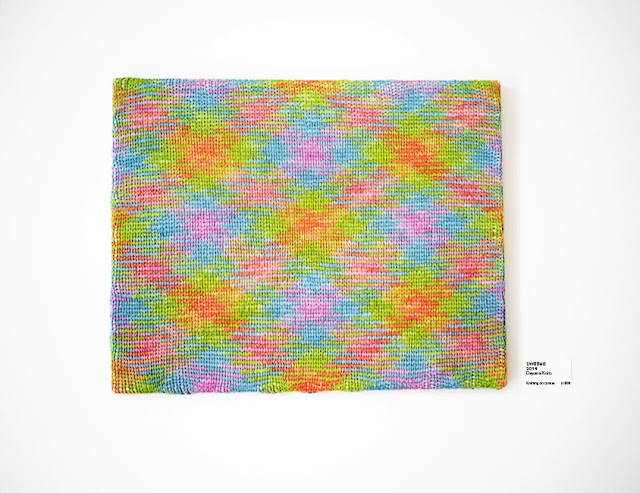


beautiful projects!
ReplyDelete